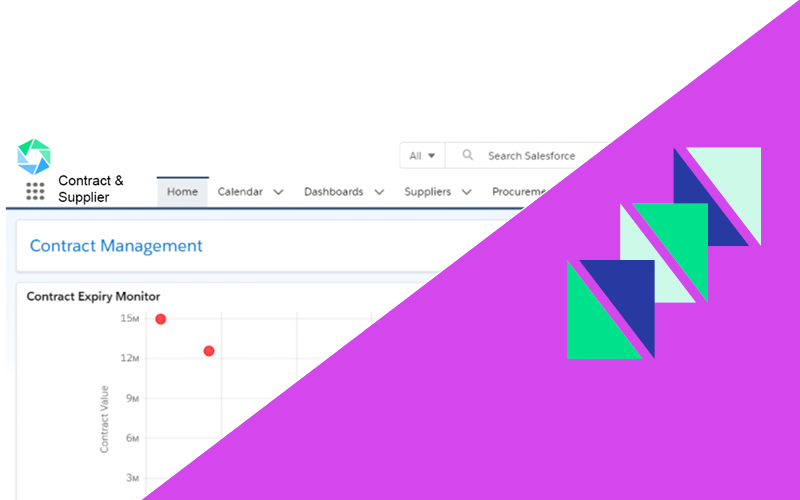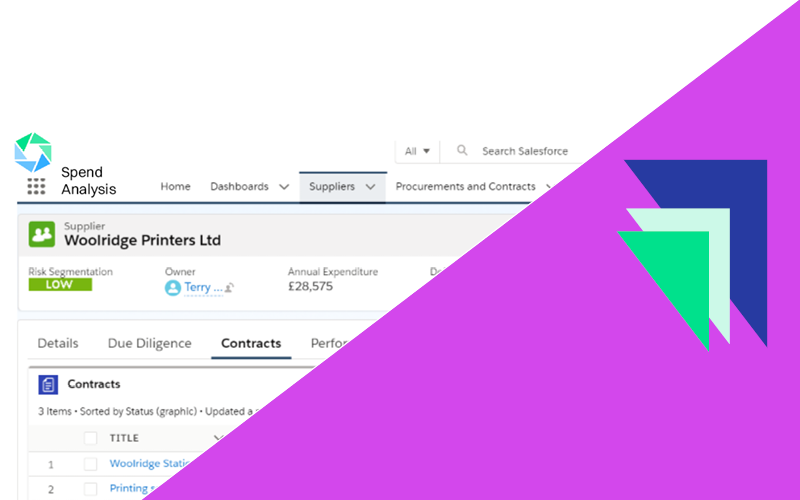Procurement departments are facing unprecedented pressure to reduce costs while still adding value to their organisations, and the housing sector is no exception. For housing, the pressure is compounded by the bad publicity from high-profile issues such as the Grenfell disaster and the collapse of Carillion.
These cases highlighted that parts of the procurement process needed improving in some organisations, including contract management, digital record keeping, risk management, and tender management.
Procurement departments in the housing sector face a common set of challenges, including:
Finding high-quality suppliers
Getting the best value for money
A lack of transparency on business spending
Burdensome and time-consuming processes and procedures
Poor communication and information flow
The benefits of procurement software
Having the right procurement software in place can help manage and streamline a challenging process, reduce risk and save money.
Find the right suppliers
One of the most critical elements of procurement is identifying the right suppliers. If you’re in the public sector, the Government’s public procurement policy sets out stringent requirements for procurement, including the tendering process.
Procurement software should have a tender management element which provides consistency and audibility across tendering activity. An e-sourcing solution can also save you a significant amount of time as tender documentation is automatically distributed, and template forms reduce document drafting time.
Adding value
Every element of procurement software is designed to give you value for money. Automation means less time spent on low-value admin tasks, meaning more is available for strategic consideration. Processes are streamlined so your procurement staff will be able to deal with more projects and requests than they would with a manual process. Contract management components will measure the savings made across a contract’s lifetime and help you establish your most valuable suppliers.
Social value and sustainability can also be driven by your procurement software. For example, the Atamis Contract Management module supports the newly introduced Social Value in Procurement model by categorising and recording benefits like social, economic, and environmental, then calculating the benefits’ financial equivalent.
Transparency and accountability
Procurement software ensures roles, responsibilities and authorisations are established and documented. Purchases can’t be made without the correct person approving them so maverick spend is eliminated. Combined with spend reports, organisations have full spend visibility so they can make informed decisions.
Operational efficiency
Procurement software drives operational efficiencies throughout the procurement process. Automation speeds up the process and provides a central point of information for decision making. Automatic report creation speeds up the reporting cycle. The number of queries from potential and actual suppliers decreases as the system will provide consistent and easily accessible information. Document preparation and distribution time is reduced.
Communication and information flow
Procurement software provides a central repository for all communications and documentation. It is beneficial for managing supplier relationships, where there may be several conversations going on with different people across both organisations. Having a single source of supplier information and communication reduces supply-side risk. It also saves time and reduces the chance of errors occurring from having to find information from several sources.
Procurement software promotes a more balanced approach to decision making, taking into account non-financial drivers to complement monetary goals and objectives. If you’re in the housing sector and would like to find out more about how Atamis can support your procurement strategy, contact us today.
 Our Pipeline App empowers your team to plan ahead and forecast for upcoming procurement activities.
Our Pipeline App empowers your team to plan ahead and forecast for upcoming procurement activities.  The Tender App allows your team to visualise all sourcing activities within your Atamis platform, from issuing tenders to receiving bids.
The Tender App allows your team to visualise all sourcing activities within your Atamis platform, from issuing tenders to receiving bids. Our Contract & Supplier App puts your team in firm control of your key supplier relationships and provides a central repository for all contracts.
Our Contract & Supplier App puts your team in firm control of your key supplier relationships and provides a central repository for all contracts.  Our Enhancers ensure your solution is tailored to your needs. Pick and choose additional functionality that fits your requirements.
Our Enhancers ensure your solution is tailored to your needs. Pick and choose additional functionality that fits your requirements. 